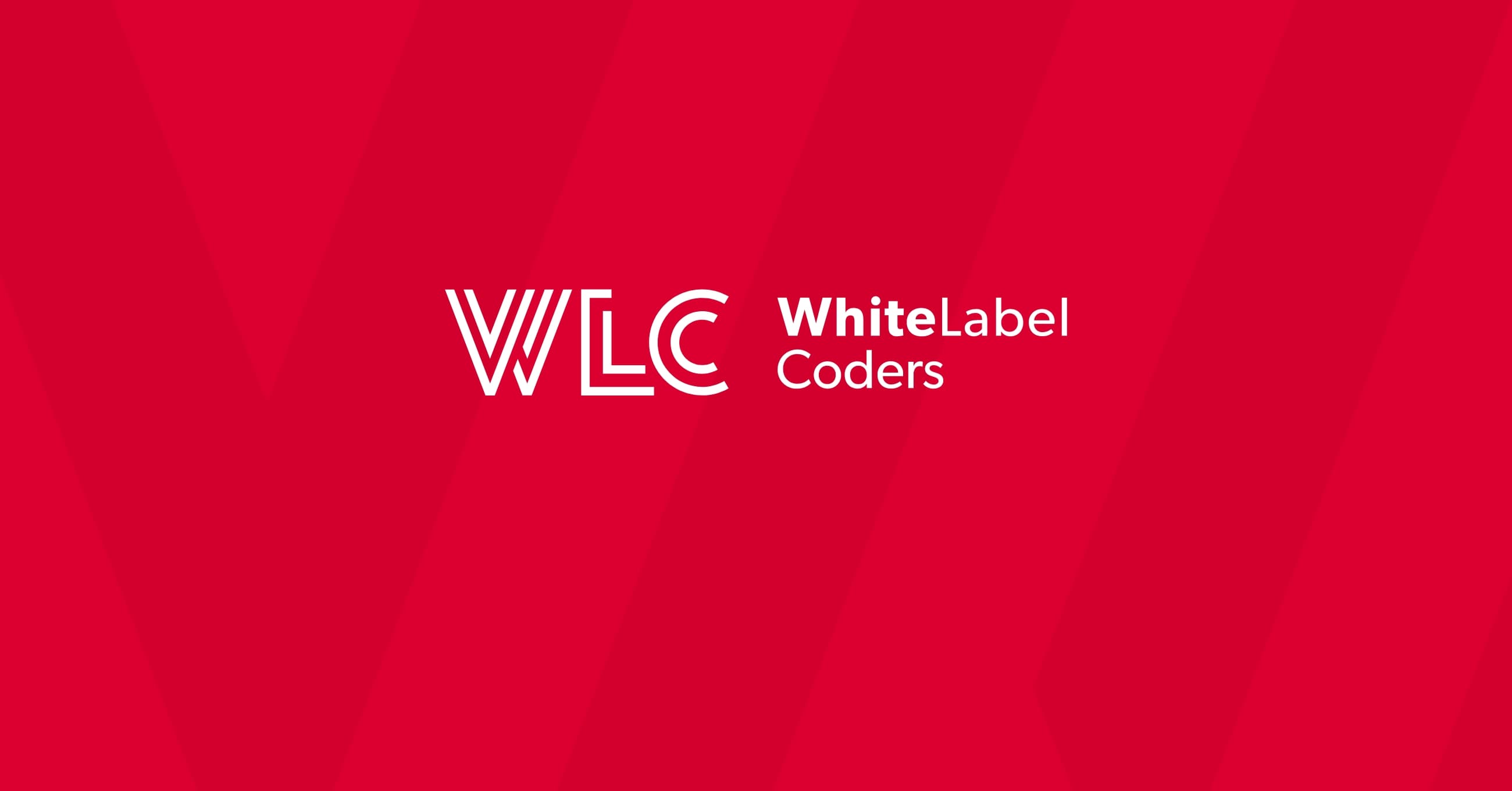Category: SEO AI
Which WordPress theme is best for customization?

Understanding WordPress theme customization
WordPress theme customization involves modifying a theme’s appearance and functionality to match specific business requirements beyond what’s available through standard settings. At its core, customization means transforming a pre-built theme into something uniquely suited to your brand and business needs.
Customization ranges from basic changes like adjusting colours and layouts via the WordPress Customizer to advanced code-level modifications that require development expertise. For businesses, customization matters because it enables a distinctive online presence that aligns perfectly with brand identity while maintaining the robust functionality WordPress offers.
There are several approaches to WordPress theme customization:
- Using the built-in WordPress Customizer
- Implementing CSS modifications via custom CSS or child themes
- Utilizing page builders for visual editing
- Developing custom functions through hooks and filters
- Creating entirely custom themes from scratch
The level of customization needed typically depends on business requirements and available technical resources. For complex business websites requiring sophisticated functionality, WordPress custom development services provide the expertise needed to create truly bespoke solutions.
What makes a WordPress theme good for customization?
A highly customizable WordPress theme possesses several key technical characteristics that make it flexible and adaptable. The most important factor is clean, well-structured code that follows WordPress coding standards, making it easier to modify without breaking functionality.
Essential features of customization-friendly themes include:
- Comprehensive documentation that explains theme structure and customization options
- Extensive hook and filter system allowing functionality modifications without altering core files
- Child theme support for making changes that persist through parent theme updates
- Modular architecture that separates different components of the theme
- Compatibility with popular page builders
- Minimal use of custom post types and shortcodes that could create dependency issues
Themes built with a modular approach and proper separation of concerns allow developers to easily target specific components for modification. This architecture facilitates both minor tweaks and major overhauls without the technical debt that comes from working with poorly coded themes.
The theme’s underlying structure significantly impacts its customization potential. Themes with consistent naming conventions, proper template hierarchies, and well-organized assets folders make customization more straightforward, especially for developers creating custom WordPress websites for clients with specific requirements.
Which WordPress frameworks offer the best customization options?
WordPress theme frameworks provide robust foundations for creating customized websites by offering extensive hooks, filters, and customization options. Several frameworks stand out for their exceptional flexibility and developer-friendly features:
| Framework | Key Customization Features | Best For |
|---|---|---|
| GeneratePress | Lightweight, hook-based system, modular structure | Developers who need performance and clean code |
| Astra | Extensive hook system, page builder compatibility | Projects requiring both visual and code customizations |
| Kadence | Global style controls, header/footer builder | Balance of visual tools and developer options |
| Genesis | Robust hook system, developer-focused | Agencies building custom client solutions |
| Divi | Visual builder, theme builder, dynamic content | Users preferring visual design with code capabilities |
GeneratePress and Astra particularly excel for custom WordPress development because of their lightweight architecture and comprehensive hook systems that allow precise modifications without bloat. These frameworks provide clean starting points for adding custom functionality without fighting against pre-built systems.
When evaluating frameworks, consider how they handle core WordPress features and whether they add unnecessary complexity. The best frameworks enhance WordPress’s native capabilities rather than replacing them, ensuring compatibility with plugins and future WordPress updates.
How do page builder-compatible themes enhance customization?
Page builder-compatible themes dramatically expand customization possibilities by creating a synergy between the theme’s infrastructure and visual editing tools. These themes are specifically designed to integrate seamlessly with popular page builders like Elementor, Beaver Builder, and the WordPress block editor (Gutenberg).
The primary advantage of this combination is the ability to implement complex layouts and designs without extensive coding knowledge while retaining the option for code-level customizations when needed. This dual approach provides unprecedented flexibility for businesses at different stages of growth.
Key benefits of page builder-theme combinations include:
- Visual customization of headers, footers, and content layouts
- Dynamic content integration from custom fields and taxonomies
- Conditional content display based on user roles or other factors
- Template creation for consistent design across similar pages
- Responsive design controls for different device types
Themes like Astra, GeneratePress, and Kadence work exceptionally well with page builders because they provide minimal styling that won’t conflict with builder elements while offering hooks and filters for developers to add custom functionality. This creates an ideal environment for WordPress custom development projects that require both visual appeal and technical sophistication.
For businesses, this combination offers the best of both worlds: the ability to make quick visual changes through the page builder interface while retaining the option for developers to implement complex custom functionality at the code level.
What are the benefits of using a headless WordPress approach for customization?
A headless WordPress approach separates the content management backend (WordPress) from the frontend presentation layer, offering unprecedented customization freedom for complex projects. This architecture uses WordPress purely as a content repository, accessed via the REST API or GraphQL, while the frontend is built using modern frameworks like React, Vue, or Next.js.
The primary benefit is complete frontend freedom – developers can create any user experience without the constraints of traditional WordPress themes. This approach is ideal for businesses requiring highly interactive interfaces, custom animations, or app-like experiences while maintaining WordPress’s familiar content management capabilities.
Key advantages of headless WordPress include:
- Freedom to use any frontend technology and approach
- Improved performance through optimized frontends and caching
- Enhanced security with reduced attack surface
- True omnichannel content delivery (web, mobile apps, IoT devices)
- Better developer experience using modern JavaScript frameworks
While traditional themes constrain designs within WordPress’s rendering system, headless allows developers to create truly custom experiences. For businesses with complex requirements, this approach enables creating precisely tailored interfaces while leveraging WordPress’s robust content management capabilities.
However, headless WordPress implementations require more technical expertise and often involve higher development costs. They’re most appropriate for projects with specific needs that cannot be met through traditional WordPress themes and customization methods.
How should businesses choose the right customizable WordPress theme?
Selecting the appropriate customizable WordPress theme requires a systematic evaluation based on business needs, technical resources, and long-term goals. Begin by assessing your specific requirements and the level of customization you anticipate needing both initially and as your business grows.
Consider these key factors in your decision-making process:
- Business requirements: Match theme capabilities to your specific functionality needs
- Available technical resources: Consider your team’s ability to implement and maintain customizations
- Performance implications: Evaluate how theme architecture affects site speed
- Update frequency and developer support: Check the theme’s maintenance history
- Community size: Larger communities typically mean better resources and solutions
- Documentation quality: Comprehensive documentation facilitates customization
Evaluate themes based on how well they balance pre-built functionality with customization potential. Overly complex themes with features you won’t use can create bloat and maintenance challenges, while overly simplified themes might require extensive customization to meet your needs.
For businesses without in-house development expertise, working with a specialized WordPress development agency can provide valuable guidance in selecting and customizing the right theme. Professional developers can assess themes from a technical perspective and identify potential limitations or opportunities that might not be obvious.
Key takeaways: Making the most of WordPress theme customization
Successful WordPress theme customization strikes a balance between leveraging pre-built functionality and implementing custom development. This approach maximizes efficiency while ensuring your website meets specific business requirements.
Best practices for WordPress theme customization include:
- Always use child themes for code modifications to maintain updatability
- Leverage hooks and filters rather than modifying core theme files
- Document all customizations thoroughly for future maintenance
- Consider performance implications of each customization
- Implement a development workflow that includes testing environments
- Maintain version control for all custom code
For businesses at different stages, customization approaches vary significantly. Startups might begin with a flexible framework theme and page builder, implementing targeted customizations as needed. Growing businesses often benefit from a more strategic approach, potentially involving custom theme development that precisely aligns with their brand and functional requirements.
Regardless of your business size, prioritize scalability in your customization decisions. Choose approaches that accommodate growth and changing requirements without requiring complete rebuilds. This might mean investing more initially in a properly structured theme with clean code and comprehensive documentation.
Ultimately, the most successful WordPress implementations recognize that customization is an ongoing process rather than a one-time project. As your business evolves, your website should adapt accordingly, building upon a solid foundation that supports both current needs and future possibilities.

